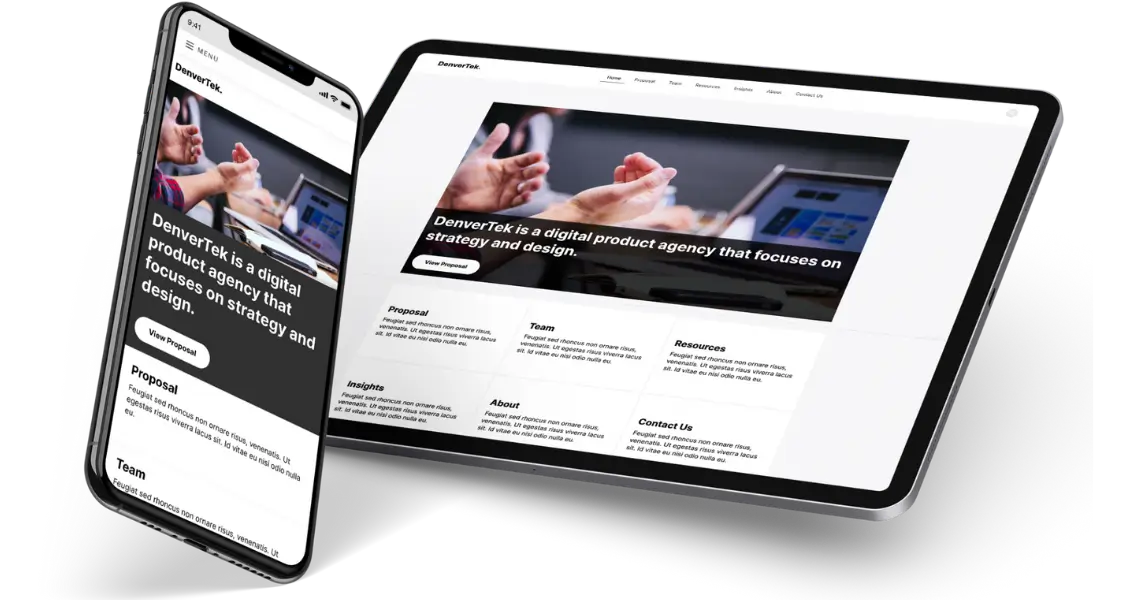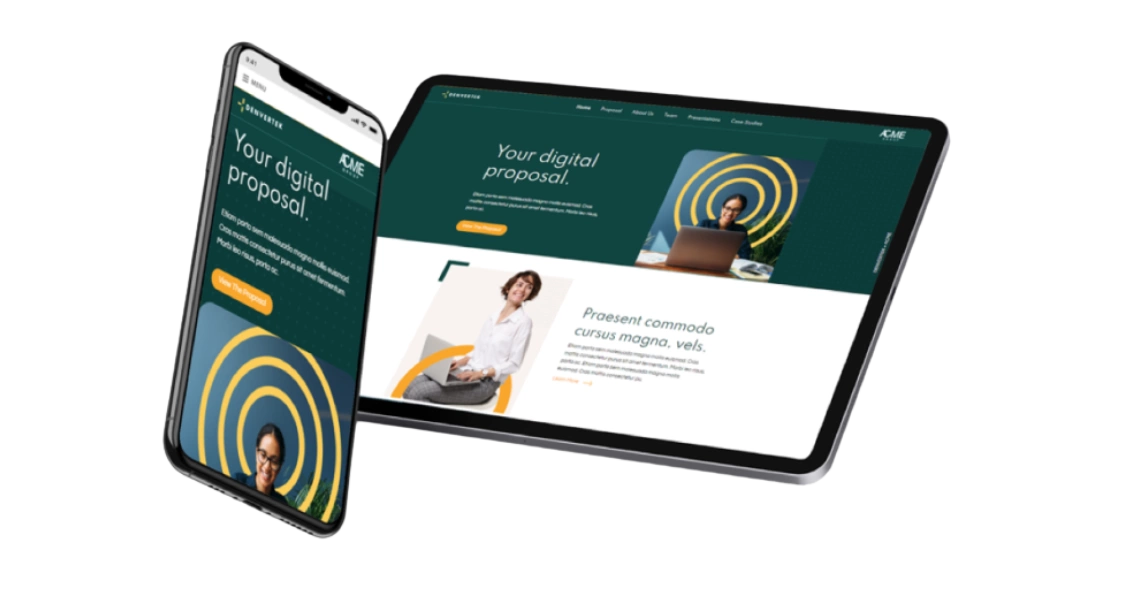Have you been struggling to see your RFP win metric move in the right direction? Do you feel like your competition is winning out on those juicy bids you’d love to win and you can’t figure out why?
We’ve provided a lot of tips in our RFP series so far. Those include:
- The value you can derive by using microsites to send bids and cultivating the resulting data
- How to get a professional process in place for responding to RFP opportunities
- Why maintaining relationships with key decision-makers at RFP-issuing organizations can allow you to get an edge on the competition and close the deal.
In this post, we’d like to offer some B2B sales tips to turn your potential customer into the latest addition to your roster. The idea is to help you stand out from the crowd. Because when you’re competing in a down-to-the-wire B2B bid, that’s exactly what you’re going to have to do to land the business.
1. Use microsites
One of the most dreaded sights in the world of B2B sales is the 100 page PDF that has to be trudged through in order to discover what a prospect has entered as a bid.
In order to elevate the bid review experience for your reviewers, you can send a microsite instead. A microsite is essentially a miniature website. You can use it to divide your bid into pages. It doesn’t have to be exposed to the internet — in fact, Zoomforth supports multiple secure means of authentication.
2. Develop some great templates
Busy firms that rely on winning procurement opportunities aren’t able to write every bid that goes out the door from scratch. That’s why the secret to making your bids team a slick machine is to develop a comprehensive template library. Zoomforth supports both templates which you can base sites off and themes, which configure template-based designs.
3. Always include a cover letter and executive summary
Even when the bid doesn’t make explicit that these are required. Remember that your bid response is going to be read by a few different sets of eyes. One of those might be a high-up stakeholder in the organization who’ll want a very quick download on the essential terms and parameters that you are proposing. An executive summary tailored for this audience can be invaluable.
4. Make sure to sprinkle in some social proof
Your RFP bid is going to provide you with plenty of space in which you can talk about how great you are and what you can do to validate the trust placed in you if you win the bid. But don’t forget that to be really convincing, you’re going to need to also show that others think that you’re great too! Have a skim through your bid. And make sure that there’s ideally at least one testimonial or reference to a case study in the mix. It can make a powerful impact.
5. Make sure that you include some statistics
From a writing perspective, your proposal should contain a balance of concrete language —facts and figures to support your arguments —and abstract language, which are the ideas and concepts you’re presenting. If you don’t have statistics of your own to rely on, then you can find ones from a trusted third party provider such as a national statistics body or an independent website. Management consultancies also produce detailed reports into happenings within an industry.
6. Resist the temptation to pad
Reviewing in detail a bunch of proposals is not an easy job. Be respectful of the RFP committee’s time. You may think that adding a lot of filler text is going to result in a longer RFP response that will automatically make your bid look more serious. From the company’s perspective, the unnecessary verbiage is unlikely to be appreciated.
7. Study how the client uses language and emulate it
Here’s one that RFP writers often skip over. Study the firm who you are trying to win business from. Take a look at their marketing materials and anything else that is public-facing. Can you find out something about how they view your industry? If they have a certain take on a key issue or favor one acronym over another, for instance, then it makes sense to try to subtly meet them in the middle. Telling a company that they’re doing it all wrong is unlikely to impress.
8. Format it for easy skimming
You want to make it as easy as possible for the bid committee to skim over your RFP and jump straight to the important parts – or the parts that impact upon their job function. This is, after all, a document that may be passed around (physically) and only glanced at during busy client meetings. This is another reason why many clients have success with the microsite format – it allows bid authors to easily silo information in certain pages. If you’re going for a static document format bid then make sure to use lots of formatting to make it easy for somebody reading the bid to jump to the right section.
9. Evaluate if it’s worth bidding on before starting the process
As we discussed in our blog post about setting up a great bid team, you have to be very cognizant of the resources involved in bid-writing in order to begin winning lots of them. The majority of firms that have success with the bid process engage in a go:no-go process before even committing resources to pursuing the bid. This process aims to use some kind of standard logic to objectively determine whether a bid is worth the time and effort involved.
10. Finish with a compelling ending
Don’t forget to include some kind of compelling conclusion to the bid. You want to start out with a summary. Then spell out all the details. And then, towards the end of the bid, circle back to those top-line benefits. This sandwich-like formula makes the bid extra skimmable. Somebody reading the document can follow through a well-thought-out train of logic, seeing exactly how the proposer is capable of executing the project.
—
Bidding on projects is always a competitive game. Follow these tips to maximize your success rate.
If you’d like to know how Zoomforth can help you win more business with digital RFP responses, request a demo here.



